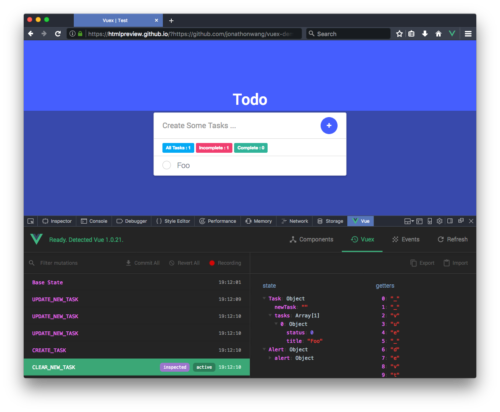“E10S-Multi:” A new multi-process model for Firefox
Today’s release completes Firefox’s transformation into a fully multi-process browser, running many simultaneous content processes in addition to a UI process and, on Windows, a special GPU process. This design makes it easier to utilize all of the cores available on modern processors and, in the future, to securely sandbox web content. It also improves stability, ensuring that a single content process crashing won’t take out all of your other tabs, nor the rest of the browser.
An initial version of multi-process Firefox (codenamed “Electrolysis”, or “e10s” for short) debuted with Firefox 48 last August. This first version moved Firefox’s UI into its own process so that the browser interface remains snappy even under load. Firefox 54 takes this further by running many content processes in parallel: each one with its own RAM and CPU resources managed by the host operating system.
Additional processes do come with a small degree of memory overhead, no matter how well optimized, but we’ve worked wonders to reduce this to the bare minimum. Even with those optimizations, we wanted to do more to ensure that Firefox is respectful of your RAM. That’s why, instead of spawning a new process with every tab, Firefox sets an upper limit: four by default, but configurable by users (dom.ipc.processCount in about:config). This keeps you in control, while still letting Firefox take full advantage of multi-core CPUs.
To learn more about Firefox’s multi-process architecture, check out this Medium post about the search for the “Goldilocks” browser.
New WebExtension APIs
Firefox continues its rapid implementation of new WebExtension APIs. These APIs are designed to work cross-browser, and will be the only APIs available to add-ons when Firefox 57 launches this November.
Most notably, it’s now possible to create custom DevTools panels using WebExtensions. For example, the screenshot below shows the Chrome version of the Vue.js DevTools running in Firefox without any modifications. This dramatically reduces the maintenance burden for authors of devtools add-ons, ensuring that no matter which framework you prefer, its tools will work in Firefox.
Additionally:
- Sidebars can be created via a
sidebar_actionmanifest property. Together with other APIs, sidebars can be used to implement vertical or tree-style tabs, among other things. - WebExtensions can now replace or customize the New Tab page. (Example).
- WebExtensions can also register support for custom protocols. For example, an add-on could redirect
irc://links to IRCCloud.
Read about the full set of new and changed APIs on the Add-ons Blog, or check out the complete WebExtensions documentation on MDN.
CSS shapes in clip-path
The CSS clip-path property allows authors to define which parts of an element are visible. Previously, Firefox only supported clipping paths defined as SVG files. With Firefox 54, authors can also use CSS shape functions for circles, ellipses, rectangles or arbitrary polygons (Demo).
Like many CSS values, clipping shapes can be animated. There are some rules that control how the interpolation between values is performed, but long story short: as long as you are interpolating between the same shapes, or polygons with the same number of vertices, you should be fine. Here’s how to animate a circular clipping:
You can also dynamically change clipping according user input, like in this example that features a “periscope” effect controlled by the mouse:
To learn more, check our article on clip-path from last week.
Project Dawn
Lastly, the release of Firefox 54 marks the completion of the Project Dawn transition, eliminating Firefox’s pre-beta release channel, codenamed “Aurora.” Firefox releases now move directly from Nightly into Beta every six weeks. Firefox Developer Edition, which was based on Aurora, is now based on Beta.
For early adopters, we’ve also made Firefox Nightly for Android available on Google Play.
About Dan Callahan
Engineer with Mozilla Developer Relations, former Mozilla Persona developer.
More articles by Dan Callahan…
About Belén Albeza
Belén is an engineer and game developer working at Mozilla Developer Relations. She cares about web standards, high-quality code, accesibility and game development.




22 comments